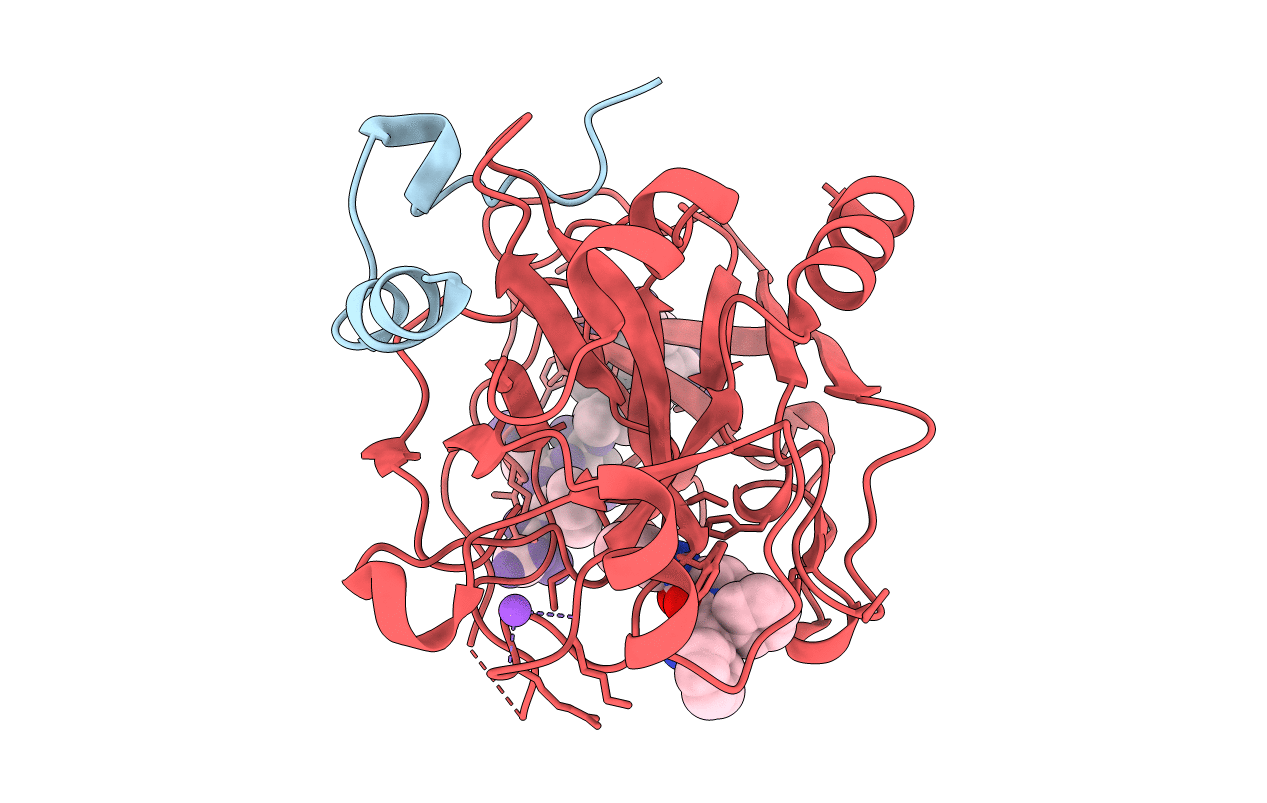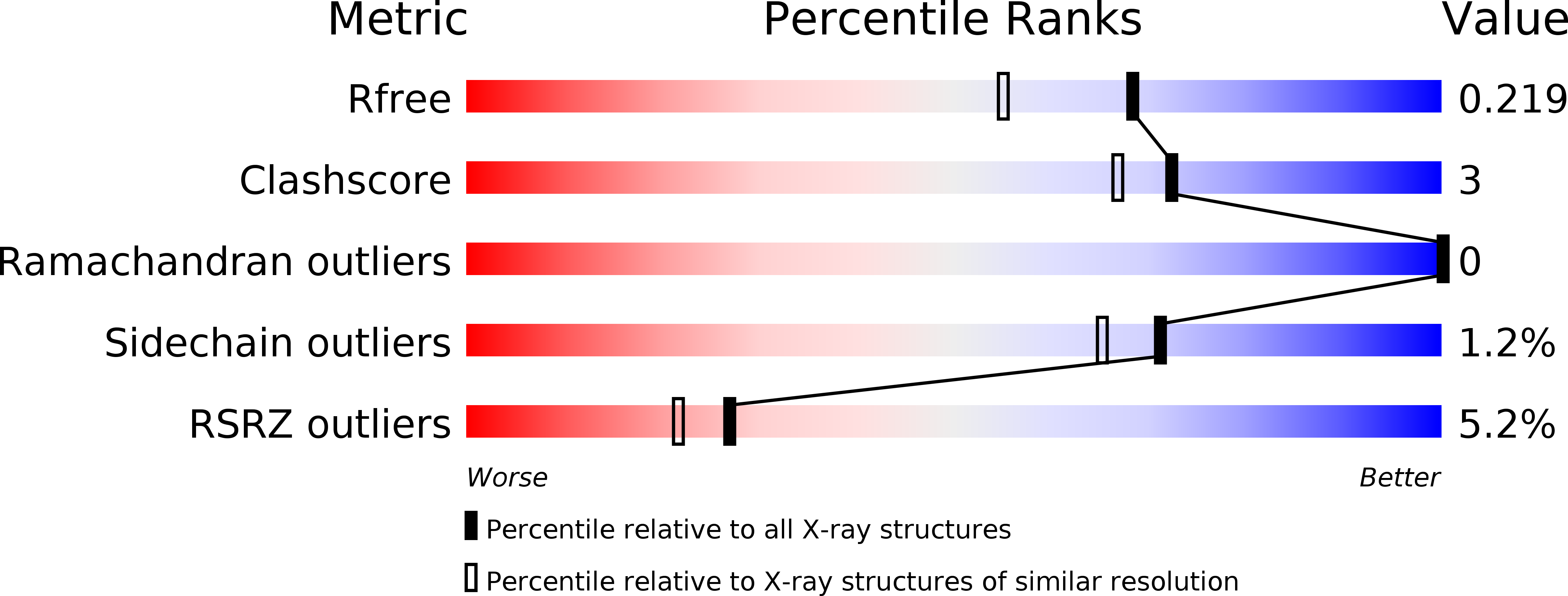
Deposition Date
2008-05-29
Release Date
2009-05-19
Last Version Date
2024-11-13
Method Details:
Experimental Method:
Resolution:
1.80 Å
R-Value Free:
0.21
R-Value Work:
0.18
R-Value Observed:
0.18
Space Group:
C 1 2 1


